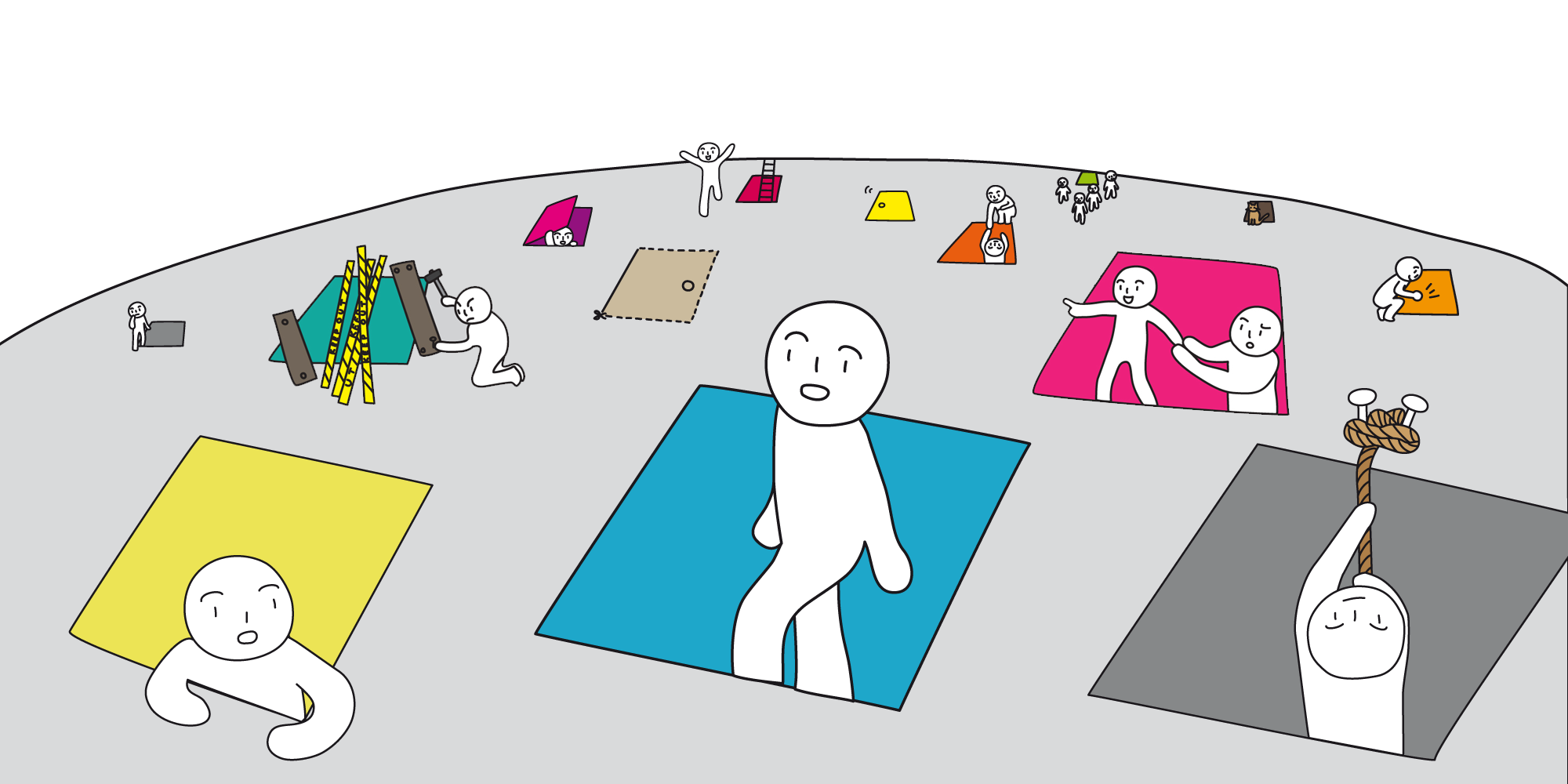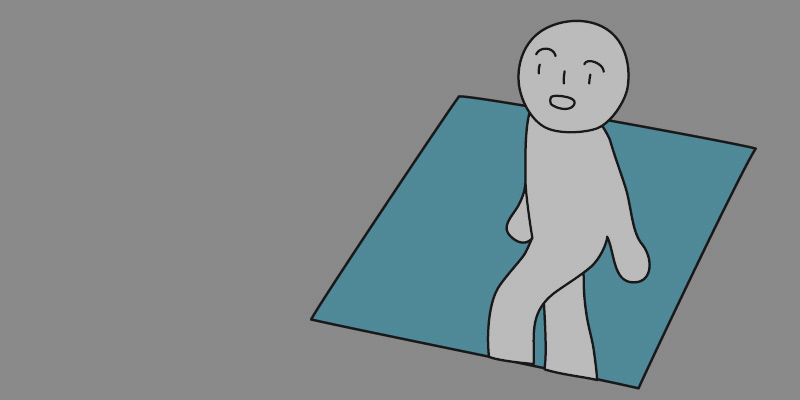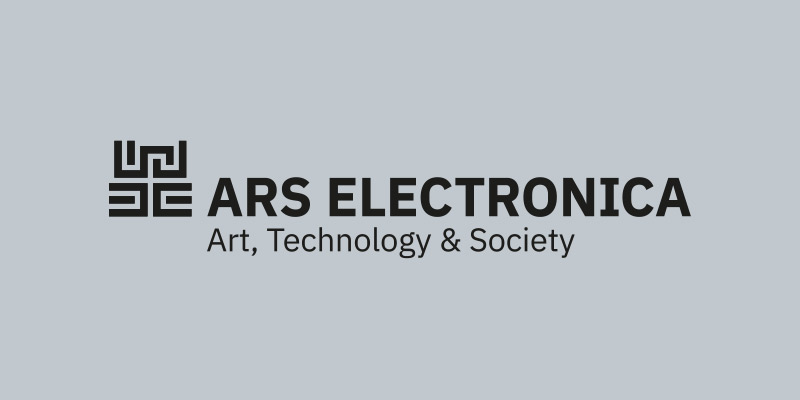Programm
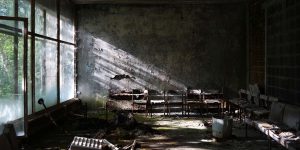
Time Capsule – Narrations for a Future
Department for Visual Communication, University of Arts and Design Linz (AT)
Time Capsule – Narrations for a Future explores a setting of contemporary archeology. We give an insight into present-day realities prepared for an unknown future.
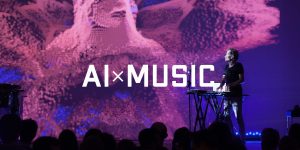
AIxMusic Festival
The first "AI x Music Festival", organized by Ars Electronica and the European Commission as part of the STARTS initiative, is dedicated to the encounter between human creativity and technical perfection. From September 6 to 8, 2019, Ars Electronica will be gathering musicians, composers, cultural historians, technologists, scientists and AI developers from all over the world in Linz to discuss the interaction between people and machines through concerts and performances, conferences, workshops and exhibitions.
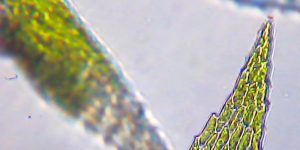
Hortus Luminis
Theresa Vogt (DE)
Photosynthesis is an elementary part of everyday life. Nevertheless, our esteem for plants and other phototrophic organisms is limited. This may be due to the fact that most of their biological procedures are not visible to the naked eye. But they can be experienced through a microscope. Hortus Luminis creates a new level of interpretation that deals with the hidden energy of plants and other organisms. The application uses the data from an analogue microscope to grow digital plants.
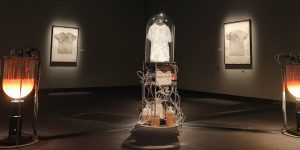
CyberArts Opening
Highlights of Digital Media Art! Opening of the CyberArts exhibition in the OÖ Kulturquartier. Since 1998 the OK in the OÖ Kulturquartier has presented the prizewinning art works of the Prix Ars Electronica, the most renowned competition for digital art in the world.

last breath
Dmitry Morozov / ::vtol:: (RU)
last breath is a ritual instrument of dying that can be played with when the artist no longer has the strength to use any other instrument. Until the last breath.
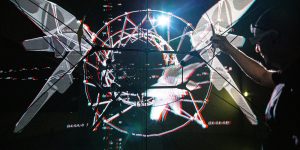
LightWing II
Uwe Rieger (DE/NZ), Yinan Liu (NZ), arc/sec Lab (NZ)
The interactive installation LightWing II creates a mysterious sensation of tactile data. It allows the visitor to navigate through holographic spaces and to explore responsive narratives.

FUNGUAGE ROOM
Koichi Araake (JP), Eiji Iwata (JP), Michinari Kono (JP), Norio Sasaki (JP), Asa Ichinozuka (JP), BANDAI NAMCO Research Inc. (JP), Hakuhodo Inc. (JP), Ars Electronica Futurelab (AT)
How could a language between humans and objects look like? Maye like FUNGAUGE - a new form of language enabling humans and non-living material to communicate more effectively with each other. BANDAI NAMCO Group, a globally leading entertainment company, and Hakuhodo have been researching this question since 2017, together with the Ars Electronica Futurelab, building on the idea that FUN could be a universal language that transcends cultural boundaries. The current research progress and background is shown in a FUNGUAGE ROOM, where the new language is installed in a real-life environment.
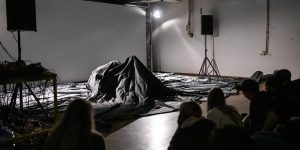
Vocals
Carla Bolgeri (CL/IT), Francisco Marín (CL)
Vocals is a work that explores the sonic power of language in an acoustic and corporal praxis that seeks in the voice a vehicle to experience a sonorous state in the body and in matter. We seek to transform our communication processes into other possible configurations of meaning, in a moving territory and a changing landscape, the layers of language are superimposed on the meanings, sounds, vowels, noises, in various phonic forms that move in the foundations of our communication.
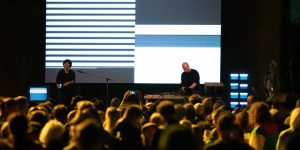
ELECTRONICOS FANTASTICOS!
Ei Wada (JP) + Linz Orchest-Lab
ELECTRONICOS FANTASTICOS! is a project where retired consumer electronics are resuscitated as instruments, new ways to play music are invented, and all kinds of people are invited to be orchestrated with the artist and musician Ei Wada.
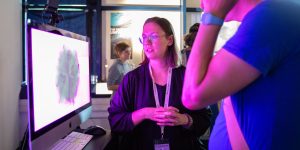
Lucky Island
Michaela Lautenschlager (DE)
Outside our visible spectrum of light, there is a very big area of electromagnetic radiation. Scientifically, that is also light, as it consists of photons. The most dangerous part for the human being: gamma rays. They are characterized by a very small wavelength and permeate almost all materials on earth. We cannot see them and generally only notice them when they are linked to radioactivity; for example, when we deal with the consequences of atomic bombs and nuclear accidents in power plants. In this project I don't want to downplay the dramatic effects of being exposed to this radiation but I want to help people understand it better. Therefore, I used the principle of sonification to make live measurements of monitoring stations in Japan “audible.”
